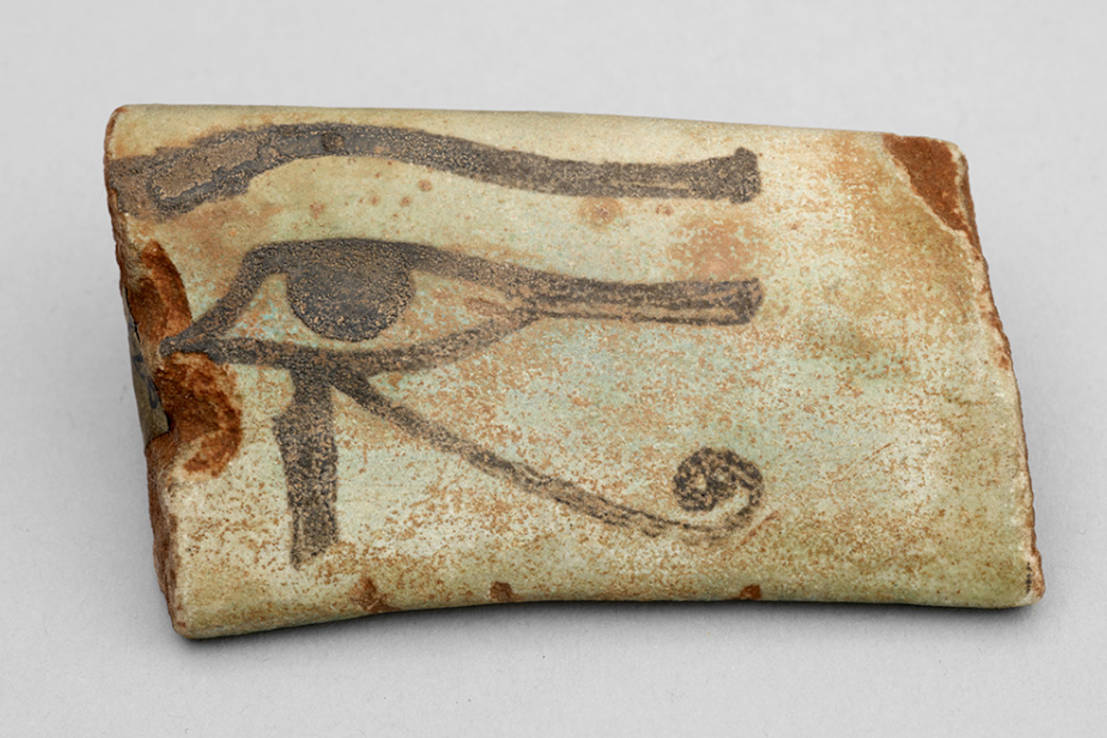
in Polski / Polish translated by Julia Zieba
This object has been translated into 12 different languages by 15 different users
Oto Oko Horusa, znane też jako oko wedjat. W Starożytnym Egipcie stanowiło ono popularny amulet ochronny. Symbolem-zwierzęciem boga Horusa był sokół. W mitologii egipskiej Horus stracił oko, walcząc z rywalem Setem – zabójcą jego ojca. Stracone oko zostało na nowo stworzone przez boga Thota, tym samym stając się wedjat („całe” lub „zdrowe”).
Oko Horusa stopniowo stało się popularnym ochronnym talizmanem, szczególnie zmarłych. Pozostało w powszechnym użytku przez ok. 3000 lat, począwszy od czasów Starego Państwa aż do epoki rzymskiej. Zostało także włączone do użytku przez sąsiadujących ze Starożytnym Egiptem Kananejczyków, Syryjczyków i Nubijczyków.
A czy Ty nosisz ze sobą jakiś talizman?
Do you have something you’d like to say, in your own language or English, about the object or translation? We’d like to hear what you think.
Translations are community-sourced and for anyone to participate in, however you use your language. For more information, see Community Guidelines.
23 Sep, 2023
Italians, especially in southern Italy, are well known for their attachment to superstition. Therefore, it is not surprising that good-luck charms are particularly popular. Arguably, the most popular amulet is the “cornicello” or “cornetto” (meaning “little horn”). The amulet is believed to protect against “malocchio” (“evil eye”), and it is commonly found in the Italian regions of Campania, Lazio, Puglia, and Basilicata.
The cornetto is in the shape of a horn, and it can be made from metal, but it is most commonly red in colour. This makes them look very similar to chilli pepper, but it is meant to represent an eland horn. The cornetto finds its origin in Greek and Roman mythology as it is linked to another common symbol: the cornucopia. The cornucopia, also known as the “horn of plenty” is a symbol of abundance and it is commonly illustrated as a large horn-shaped container overflowing with fruits and flowers. Similarly, the cornetto is also associated with abundance and fertility and remains one of the most common Italian symbols of protection. If you ever go to Naples, you can be certain to see at least one cornetto be worn as jewellery, hung from the rearview mirrors of a car, or kept in a house for decor and good luck.